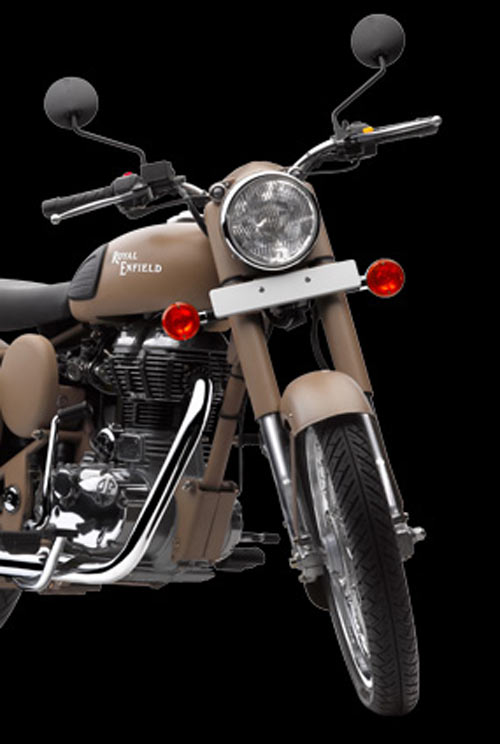 | « Back to article | Print this article |
How to maintain your bike tyre pressure
Knowing how to maintain your tyres is a necessity no matter where and how you are riding.
Checking tyre pressure
Handling and ride quality changes exponentially with small adjustments making tyre pressure a very important aspect for motorbikes. It should be checked regularly since tyres wear more quickly when they're not inflated properly.
The best time to check tyre pressure is before you start riding while the tyres are cool; tyre temperatures warm up once the bike is in motion which changes the density and pressure of the air inside.
Consult your owner's manual for recommended tyre pressure levels. If you're using non-standard tyre sizes on your bike, go by the pressure figures printed on the sidewall.
After checking tyre pressure, inflate them using compressed air until they reach the recommended pressure. If over-inflated, simply bleed them by depressing the center of the Schrader valve until they are properly inflated.
If you check tyres after a few hours of riding, anything more than a 10 per cent gain in pressure could indicate they're working too hard. If that's the case, you'll want to lighten the load and/or slow down.
Water is channeled away from the contact patch when the tyres are adequately pressured and helps maintain grip under wet conditions. Using a coin, ensure that when placed within the tread groove, there's enough tyre tread to extend beyond the top of the coin.
If it doesn't, it's probably time to replace your tyre.
Knowing how to maintain your tyres is a necessity no matter where and how you are riding. Even a brand new tyre requires regular checking. Properly maintained tyres not only help ensure your safety but also perform better and last longer. Improper tyre wear and poor handling are caused due to under-inflated tyres.
How to maintain your bike tyre pressure
Why is it important to maintain my motorcycle tyre pressure?
Motorcycle tyres must be more pliable than automobile tyres in order to provide grip when bikes lean into turns. If you don't have a gauge hidden in your motorcycle or tucked in your tank bag, it's high time you get one.
How to maintain your bike tyre pressure
What is the proper tyre pressure?
The best person to consult is a tyre tech, who will know the specifics of your situation. Our advice is to talk to a tyre professional, and then play with your tyre pressures in a safe margin to see what you are comfortable with. tyre pressure and rider comfort are both very subjective.
Extremely low pressure can result in sluggish handling and high tyre temperatures whereas high pressure can result in worn-out center tread, reduced grip and a rougher-than-average ride. Make sure to bring your tyre pressure back to the proper setting when you go back to riding on the street. Many people falsely believe that running a lower tyre pressure results in better performance.
In reality, you're flexing your tyre unnecessarily by not having enough air pressure in it, resulting in excessive tyre wear.
How to maintain your bike tyre pressure
How do I make my tyres last?
Best advice: have proper air pressure. Protecting the rubber tyre can be easily done by following these tips:
Parking your bike either inside a garage, in a shady area or covering it helps since tyres wear faster when exposed to sunlight, certain external elements and extreme temperatures.
When storing tyres, the best way to store them is by laying them on top of each other and parallel to the ground.
Don't store your tyres or motorcycle next to a refrigerator or electric motor. Electric motors put out traces of ozone which accelerates aging on even the newest of tyres. If your bike is being stored in a cold location, put your bike on its center stand or front/rear stands to take the weight off the tyres while it sits.
And we'd like to end with a quick tip.
If a friend gives you a pair of their race "take-offs" to use on the street, keep in mind that those tyres were on a racetrack, where people push their equipment to the limit, and tyres tend to go through heat cycles more at a racetrack or a technical riding area than on the road. Also remember that the operating temperature of race tyres will rarely be reached under normal riding conditions on the street leading to poor grip and handling.




